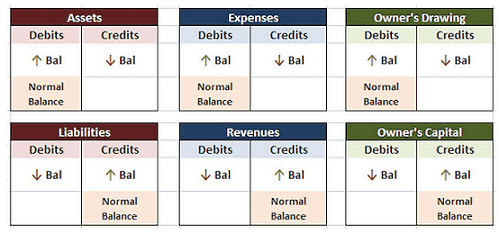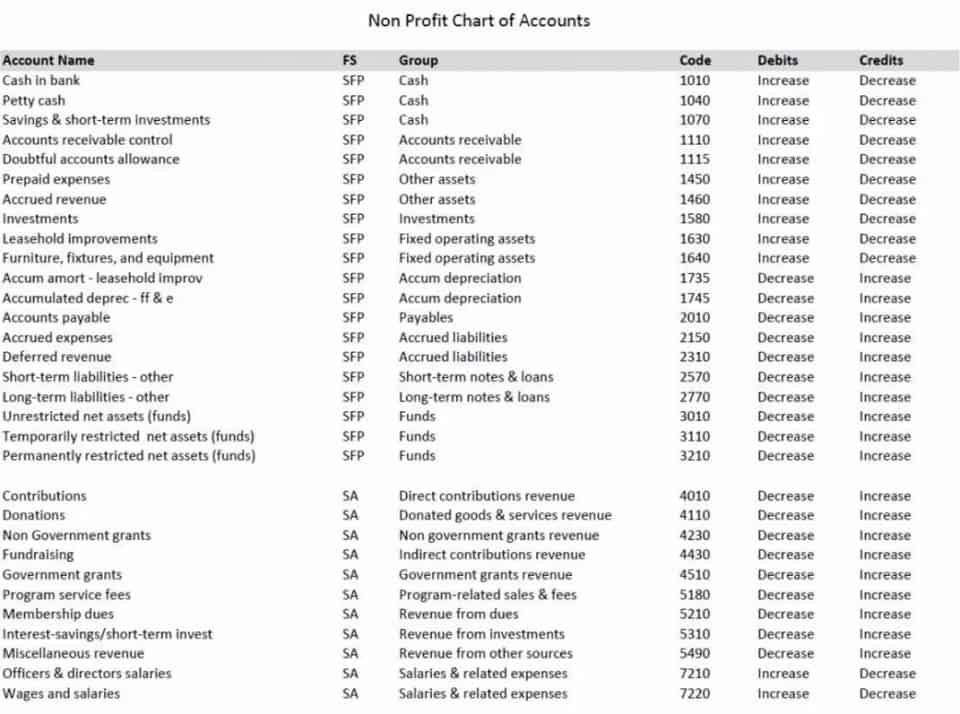
The third consideration is that it was paying a decent return of 4.44%. The current dividend rate of Coltene is $.083 quarterly or $3.32 annually. Some make annual dividend payments, others are bi-annual, quarterly or even Partnership Accounting monthly dividend payments. The exact frequency of a company’s dividend payments is usually set out in the company’s articles of association or in the financial information published by the company’s management. Shareholders can find this information in the company’s annual reports or on its investor relations website. Dividend distributions are an important incentive for investors, as they represent a regular source of income and offer a direct share in the company’s financial success.
- It is calculated by dividing the annual dividend per share by the stock price.
- In another article, Housel compared the return of Public Storage stock with and without dividends reinvested.
- The value of each share may decrease proportionally to account for the new shares issued.
- Additionally, dividend payments can signal that a company is doing well financially.
- The company announces when the dividend will be paid, the amount and the ex-dividend date.
How Often Are Dividends Distributed to Shareholders?

A stock that pays yearly dividends of $0.50 per share and trades for $10 per share has a dividend yield of 5%. There are several types of dividends a company can choose to pay out to its shareholders. The company’s board of directors approve a plan to share those profits in the form of a dividend. U.S. companies usually pay dividends quarterly, monthly or semiannually.

Why You Can Trust Finance Strategists
Investors in high tax brackets often prefer dividend-paying stocks if their jurisdiction allows zero or comparatively lower tax on dividends. For example, Greece and Slovakia have a lower tax on dividend income for shareholders, while dividend gains are tax exempt dividend account in Hong Kong. Dividend yields enable investors to quickly gauge how much they could earn in dividends by investing a certain amount of money in a stock. If a stock has a yield of 5%, you know you would earn $5 on every $100 invested, $50 on every $1,000 invested, and so on. A dividend yield also allows you to compare a stock to other income investments such as bank CDs or bonds. Dividends are typically paid in cash, but they can also be distributed in the form of additional shares of stock or other investments.
Cash dividends

Companies generally announce special dividends when they’ve been especially profitable and want to share earnings among shareholders. Special dividends are not a commitment by a company to continue offering dividend payment at that rate. For example, Microsoft paid a one-time dividend of $3 per share in 2004, equal to $32 billion. Consequently, such stocks attract investors for offering a relatively steady income over and above the earnings that can come through their sales.
Chronology of Dividend Issue
Dividends are regular payments made by a company to its shareholders as a way to distribute a portion of its profits. When a company generates earnings, it may choose to allocate a portion of those profits to shareholders in the form of dividends. These payments can be made in cash, additional shares of stock, or other assets.
How are Dividends paid?
Both private and public companies pay dividends, but not all companies offer them and no laws require them to pay their shareholders dividends. If a company chooses to pay dividends, they may be distributed monthly, quarterly or annually. The expectation of consistent and attractive dividend payments can make a stock more desirable, increasing demand and potentially influencing the share price positively. Additionally, dividend capture strategies, dividend reinvestment, and the dividend yield relative to other stocks in the market can also affect share prices. Property dividends are a type of dividend payment in which a company distributes assets or property to its shareholders accounting instead of cash or additional shares.

